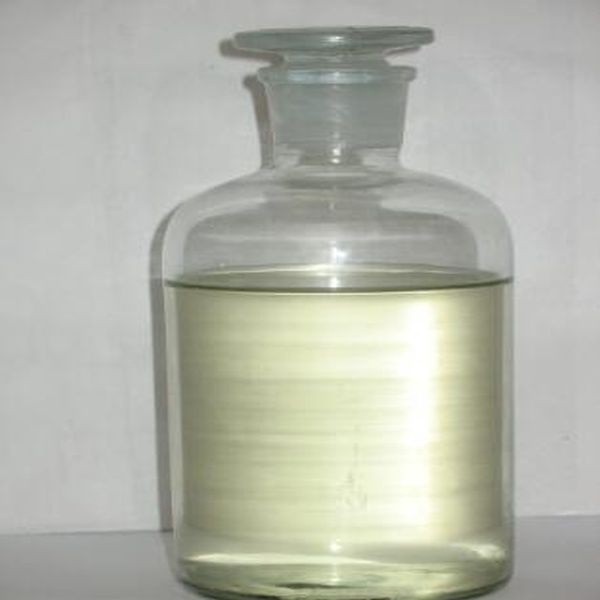Clethodim is a new type of post-emergence herbicide in upland field with excellent selectivity. It is suitable for controlling barnyard grass, barley grass, wild oats, crabgrass, bristlegrass, green grass, goosegrass, wheatgrass, bluegrass, hard grass and other grass weeds in broad-leaved fields such as soybean, rape, cotton and peanut. After the application, it can be quickly absorbed by the stems and leaves of the grass weeds and transmitted to the shoot tips and meristems, inhibiting the activity of the meristems, destroying the cell division, and eventually causing the weeds to die. The following are notes:
1. It is critical to master the proper period of application. The results showed that the weeds in the 4 to 5 leaf stage when Clethodim was applied, the leaves were obviously yellowed 3 days after the application, and the heart leaves were easily withdrawn at 7 days, showing that the base turned black. Most of them died after 21 days. However, the effects of weeds below 3-leaf stage and above 5-leaf stage were not seen until 5 days and 7 days, respectively. At 21 days, the former showed almost no effect, while the latter showed obvious yellowing. Clethodim is a herbicide for stems and leaves, which has no pre-emergent killing effect on weeds, and the weeds that emerge after application will mask the control effect of Clethodim. It is applied when the grass age is 3 to 5 leaf stage and the growth is vigorous. At this time, the agent is easy to spray on the surface of the weed, the weed absorption and conduction speed is also fast, and a single application can effectively prevent most grass weeds.
2. Pay attention to the influence of climatic conditions on the efficacy. Weeds absorb drugs through the stomata and cuticles on the leaf surface. Under drought, high temperature, and low temperature, the stomata are largely closed, and the cuticle thickens. These are not conducive to the absorption of drugs by weeds. The relative humidity of the air is above 65%, choose morning and evening in summer, and spray medicine at noon on sunny days in winter, which is conducive to the absorption of the medicament and the exertion of its efficacy.
3. Weed growth and efficacy. It is believed that in addition to the easy-to-roll-off and non-sticking of the upright blade, the cuticle of the blade is also thick, which affects the speed of absorption of the blade by the blade. Therefore, pay attention to the spray effect when controlling such weeds, be sure to spray evenly.
4. Application technology. A good sprayer has small droplets of sprayed medicine liquid, which easily stick to the leaf surface without rolling down, thereby improving the absorption and utilization of the weeds on the medicine. After spraying with a good sprayer, a dense layer of small droplets adhered to the weed leaves.
5. Differences in farming methods. After the previous crop is harvested, the hard stubble is sown, or the tillage is rough, and large grains of soil are visible in the field. Weeds grow in rice stubble, wheat stubble, or are hidden between soil lumps, causing the liquid medicine to not be sprayed on the weeds, which not only has a poor control effect, but also wastes manpower and material resources. Therefore, a little more careful farming can save you a lot of trouble later.
Post time: Jul-15-2020
